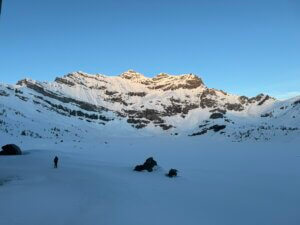In the tranquil yet treacherous landscape of the Alps, the quest for virgin snow and undiscovered descents forms a siren call to ski mountaineers. Among them, Fay Manners and her companion Anna Tybor recently embarked on an adventurous tour in Marécottes, a less frequented area an hour from the bustling valley of Chamonix. Their target was the northeast ramp on the Epaule Sallière—a line that presented itself not only as a physical challenge but also as a philosophical puzzle: had this route ever been skied before?
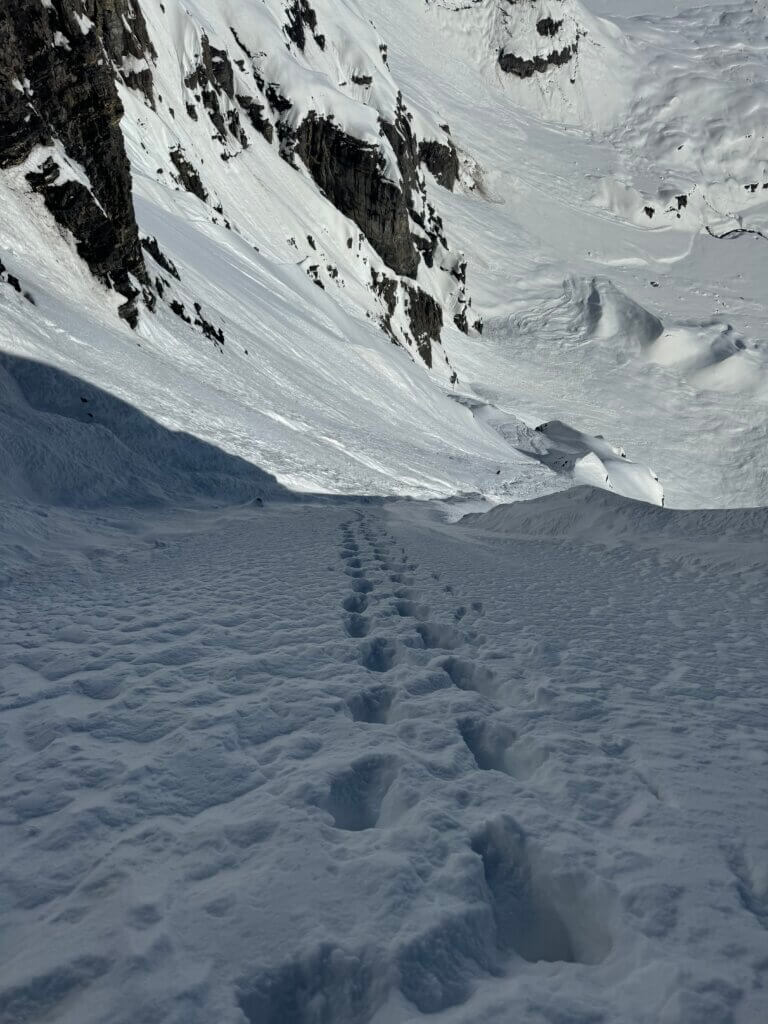
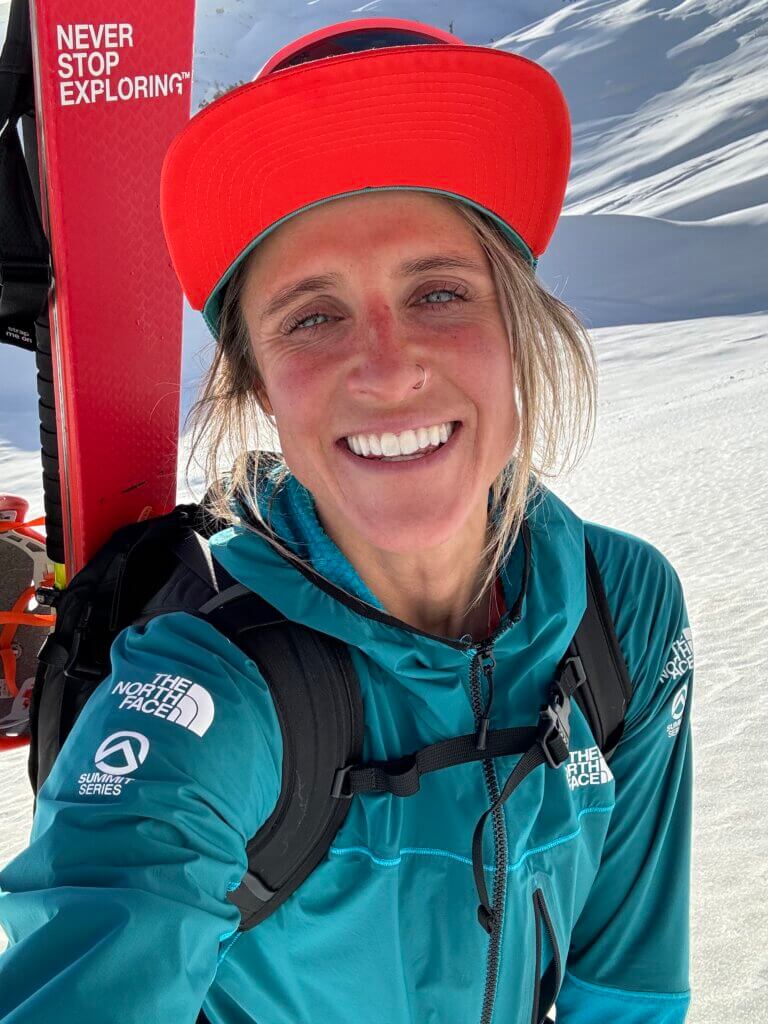
Fay Manners, an experienced mountaineer known for her daring descents, articulates a quandary that resonates deeply within the mountaineering community: “It’s really hard to know if you’ve truly done a first descent in skiing or not.” Her reflections, emerging from a recent expedition with Tybor, underscore the inherent uncertainties in claiming a first in areas steeped in a rich but often undocumented mountaineering history. On her venture, Manners discovered a hidden couloir that provided a safer, albeit unexpected, passage through the mountain’s formidable terrain. This serendipitous find led her to question, “I couldn’t believe that that line had not already been skied before,” despite no existing records in popular guides or local lore.
This article delves into the complexities surrounding the concept of a ‘first descent,’ examining the blend of thrill and ambiguity that accompanies mountaineers as they navigate not only the physical but also the historical contours of the Alps. As Manners and Tybor’s story illustrates, each expedition is not just a journey across snow and ice but also a traversal through layers of time and memory, where the past and present converge in the tracks left behind.
In the quest to etch their names on the untrodden snows of the Alps, ski mountaineers like Fay Manners face an intriguing dilemma: determining the authenticity of a first descent. The criteria for such a claim are nebulous, rooted as much in physical evidence as in the collective memory and documentation of the mountaineering community. Manners herself questions the veracity of firsts, pondering, “How do they truly know that they were the first, especially if it’s like a big freeride line in the Alps?”
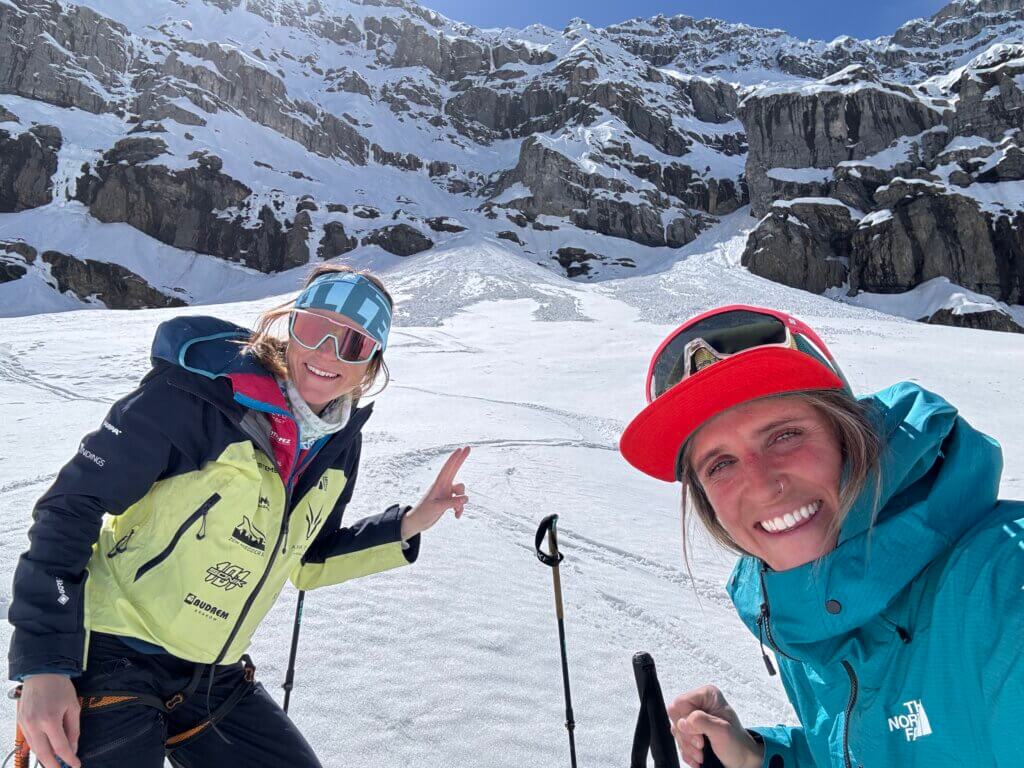
The lack of concrete evidence leaves room for debate. Unlike rock climbing, where physical traces such as pitons or bolts might remain to tell the tale, ski lines offer no such permanence. “It is difficult to claim a first ski descent as unless it’s so steep that an abseil is required, then there is no trace left behind from a previous skier,” Manners explains. This transient nature of ski mountaineering complicates the historical record, turning each claimed first descent into a potential myth or forgotten truth.
Moreover, local knowledge plays a crucial role yet often results in anecdotal evidence that can neither be fully accepted nor outright dismissed. For instance, when probing the history of their chosen line, Manners consulted local experts and guides, one of whom humorously remarked that his great-grandfather, a mountain guide in Salvan, “probably skied all those lines,” highlighting the generational depth of local experience that might not be formally documented.
This intersection of undocumented history and modern quest for recognition forms a complex narrative where the thrill of discovery is constantly shadowed by the question: Are we truly the first, or simply the first to tell the tale? The pursuit of first descents in such a historically rich and extensively traversed landscape as the Alps thus becomes a narrative not just of physical achievement, but of entering a dialogue with the invisible past.
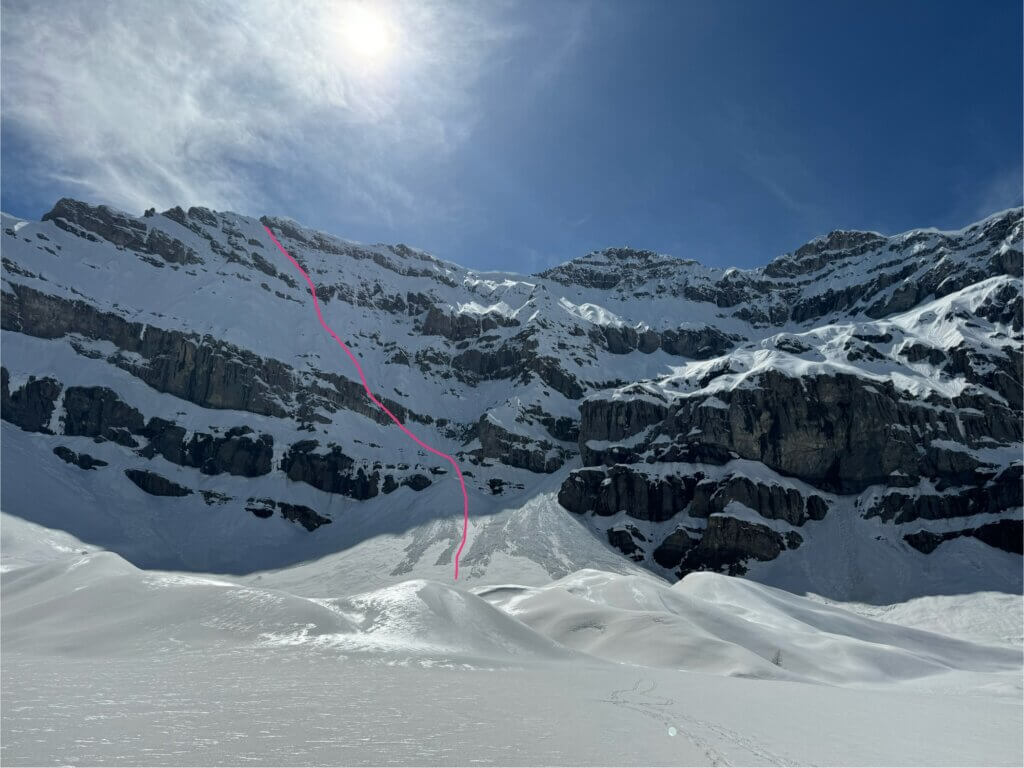
The Alps, with their storied ridges and valleys, have long been a canvas for mountaineering exploits. This rich history poses a unique challenge for contemporary adventurers like Fay Manners, who seek to carve out new narratives in these ancient landscapes. The availability of local knowledge, steeped in generations of exploration, adds layers of complexity to confirming the originality of any supposed first descent.
In her recent venture, Manners encountered a scenario all too common in the region: the intertwining of documented routes with the oral histories that pervade Alpine communities. “I’d looked in the book, and there are only two lines on that face that are documented”, Manners noted, highlighting the limited written records available for the northeast ramp they chose to ascend. This gap between the documented and the experienced is a crucial aspect of Alpine skiing lore.
The informal exchange of tales and achievements through generations of locals—like the mountain guide who amusingly claimed his great-grandfather “probably skied all those lines”—illustrates a vital, albeit often overlooked, aspect of mountaineering history. Such anecdotes may not withstand the scrutiny of formal documentation, but they provide a rich substrate for the mountaineering culture, embedding each new line within a pre-existing tapestry of unrecorded feats.
This blend of hearsay and documented history challenges modern mountaineers to navigate a landscape where the first descents are not just about the physical act of skiing a line but also about discerning its place within a broader historical context. As Manners explored potential new routes, she was acutely aware of the shadows cast by those who might have come before her, undocumented yet not unremembered. This historical dimension adds both a mystique and a burden to contemporary descents, weaving the new with the old in a continuous narrative of Alpine exploration.
The advent of digital tools and social media has transformed the landscape of mountaineering documentation, creating new opportunities and challenges for adventurers like Fay Manners seeking to claim first descents. In a world increasingly connected by digital threads, the question of a first descent becomes intertwined with the presence or absence of online evidence.
Fay Manners reflects on this modern dilemma, noting, “I did loads of research online, to find anyone that documented that ski already and, no, no one has documented it.” This statement underscores a shift in how mountaineering feats are validated—no longer confined to personal journals or the collective memory of local communities but broadcasted across global platforms. Yet, the reliance on digital records brings its own set of challenges, as the digital footprint of a ski line does not necessarily capture the full historical context or the undocumented adventures that may have preceded it.
Moreover, the practice of documenting routes online is not uniformly adopted, especially outside of major mountaineering hubs like Chamonix. In less travelled areas, the tradition of silent accomplishment persists, leaving many routes potentially skied but unrecorded. Manners captures this contrast in her recounting of the local ethos: “In Chamonix, we have a community of people that quite heavily document the lines that have been done, but outside of the valley, people just ski and don’t talk about it as much.”
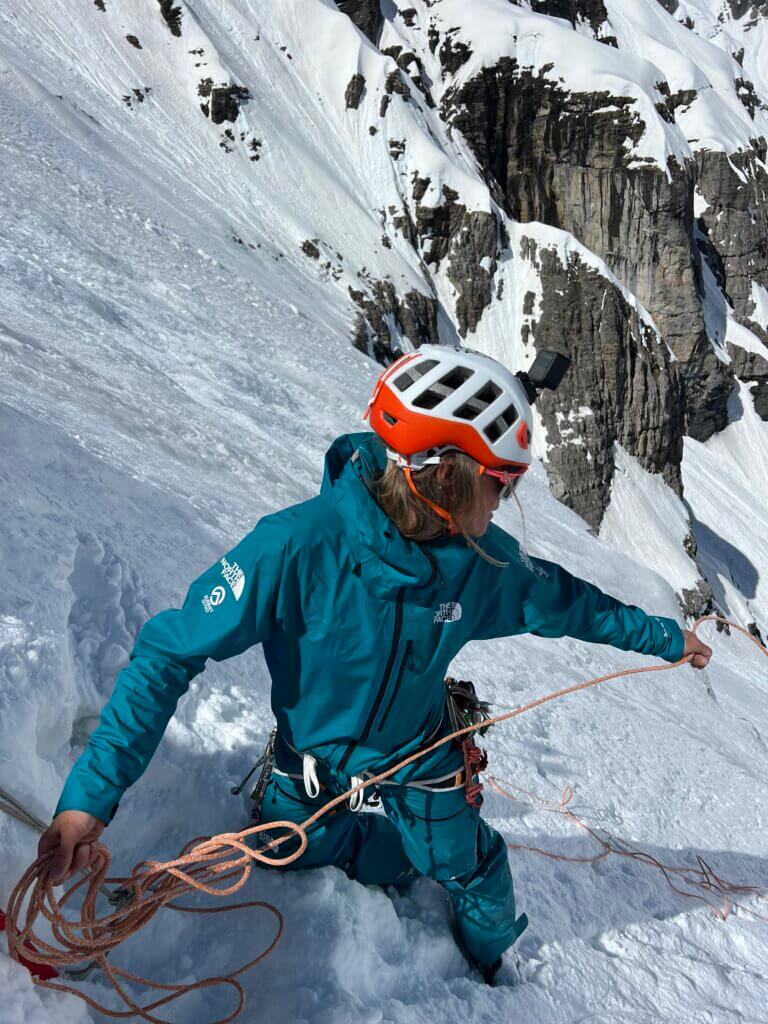
This discrepancy in documentation practices raises essential questions about the nature of achievement in mountaineering. Is a first descent defined by being the first to ski a line or the first to document it publicly? As Manners navigates these nuances, her journey highlights the evolving relationship between mountaineers and the historical narrative of their sport—a narrative increasingly shaped by technology’s reach. This dynamic adds a layer of complexity to the pursuit of firsts, blending traditional exploratory spirit with the modern quest for recognition and validation through digital media.
In the realm of ski mountaineering, the pursuit of first descents is often overshadowed by the complexities of historical ambiguity and modern documentation. Fay Manners’ recent exploration in the Alps brings these issues into sharp relief, prompting a reflective examination of what truly constitutes a pioneering achievement in this sport.
Manners’ experience on the Epaule Sallière highlights a broader debate within the mountaineering community: the significance of being first versus the inherent value of the adventure itself. “It doesn’t necessarily matter whether you’re the first to ski a line or not,” Manners muses, encapsulating a sentiment that resonates deeply among those who venture into the mountains not for accolades but for the sheer joy of discovery.
This sentiment challenges the community to reconsider the criteria for mountaineering achievements. Is the accolade of a first descent necessary to validate the personal and communal significance of a route? Or does the act of exploration and the subsequent sharing of that experience suffice to enrich the collective narrative of mountaineering?
As Manners and Tybor’s journey demonstrates, the true essence of mountaineering may lie in the personal experience of engaging with the unknown. Their ascent, undocumented yet profoundly impactful, adds a layer to the rich tapestry of Alpine adventures. It is a reminder that, in the end, the spirit of adventure transcends the bounds of documentation and recognition, resonating instead with the timeless allure of the mountains.
The Alpine community continues to grapple with these philosophical quandaries, as each new line skied adds both to the geographical and the existential map of the region. In this ongoing dialogue, the stories of mountaineers like Manners are pivotal, not only for the routes they chart but also for the questions they raise about the nature of discovery and the legacy of those who roam the high crags and hidden valleys of the Alps.

